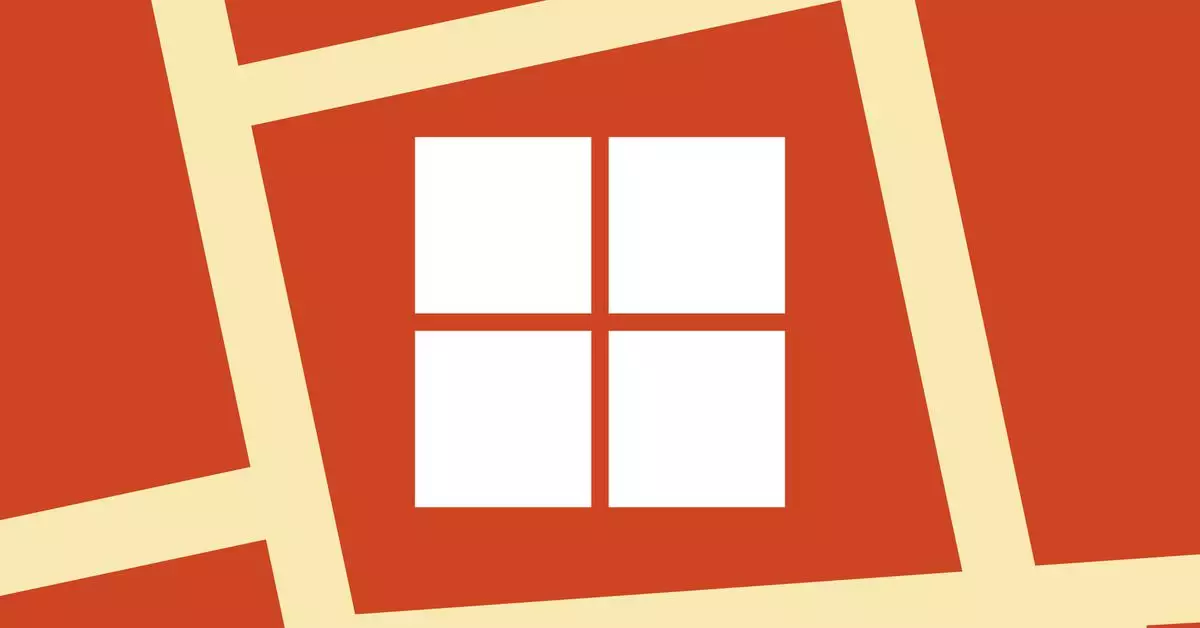Windows 11, the latest operating system from Microsoft, has been the subject of much scrutiny and criticism since its release. While there are some aspects of Windows that are commendable, such as compatibility with a wide range of hardware and the availability of various applications, there are also significant issues that cannot be ignored. As a long-time Windows user who recently switched back to using Windows 11, I have encountered numerous frustrations and annoyances that have tarnished my overall experience with the OS.
One of the most glaring issues with Windows 11 is the inclusion of unnecessary features that seem designed to distract and annoy users rather than enhance their productivity. From pop-up ads in Google Chrome to a barrage of news, stock prices, and weather updates in the system tray, it feels like Microsoft is constantly trying to push its own products and services on users. The Start menu, which has been a point of contention since Windows 8, is now even more cluttered and confusing in its default state. Pre-pinned apps that I did not install or pin myself only add to the frustration of trying to navigate the menu.
In addition to the surplus of unwanted features, Windows 11 seems to have lost some of the key functionalities that made previous versions of Windows so intuitive and user-friendly. The search function, for example, now prioritizes web results from Bing over local files and programs, making it difficult to find what you need quickly. Support documents that were once readily accessible within the OS now redirect users to Microsoft Edge, further complicating the process of troubleshooting issues or finding helpful information.
Another concerning trend in Windows 11 is the prevalence of bloatware and adware that comes pre-installed on many devices. While it is not uncommon for budget phones and Windows computers to come loaded with unnecessary software, the integration of these applications directly into the operating system is a new and unwelcome development. Users are forced to navigate through a sea of pop-ups, notifications, and prompts, all of which serve to distract and frustrate rather than assist in the user experience.
One may wonder why a company as large and successful as Microsoft would release an operating system that seems so flawed and disjointed. The answer likely lies in Microsoft’s desire to increase the adoption of its other products and services, such as Edge and Bing. By bombarding users with ads, pop-ups, and prompts to switch to Microsoft’s offerings, the company is hoping to capitalize on the large user base of Windows to drive engagement with its less popular platforms. While this strategy may make sense from a business perspective, it ultimately comes at the expense of the user experience.
Windows 11 represents a disappointing step backwards in the evolution of Microsoft’s operating system. The unnecessary features, decline in functionality, and rise of bloatware all contribute to a user experience that is frustrating, distracting, and ultimately unsatisfying. As a long-time Windows user, I had high hopes for Windows 11, but my experience with the OS has left me feeling disillusioned and disheartened. Unless significant changes are made to address these issues, it is unlikely that Windows 11 will win over many users in its current state.


Leave a Reply